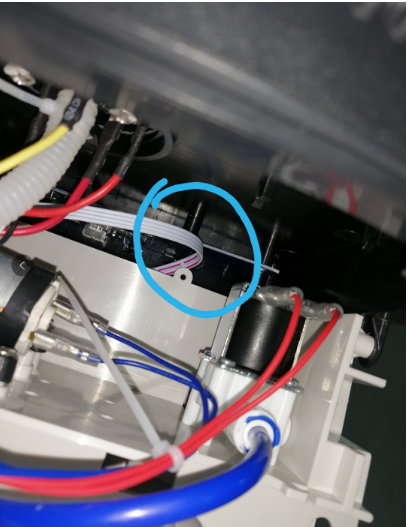COMPANY
News
HOME > COMPANY > News
A certain household appliance product was not required to do EMC test when it obtained the CCC certificate, but the random inspection failed. Why?
Date:2021/3/31 Clicks:1197
Question one
Qunyou asked: Does the electric faucet need to be tested for EMC?
Qunyou answered: For electric water heater products, 3C certification does not requre EMC. If there is a standby function, a standby test is required.
Expert reply:
There is no EMC test for CCC certification for electric faucets.
The EMC standard is a compulsory national standard, so the answer can also be that "electric faucets need to meet the compulsory EMC national standard."
To sum it up simply and rudely, the electric faucet is to be tested for EMC after all.
The "World Certification Map" has a small article "Quality Sharing: Case Quality Law, Standardization Law and CCC Standard Relations" for reference. The main content of the article is reproduced as follows:
In 2013, three or four soymilk maker companies and stores said that the soymilk maker that obtained CCC certification was not qualified for spot check by a certain province, and the electromagnetic compatibility test results did not meet the standard GB 4343.1-2009 "Household appliances, electric tools and similar appliances" Electromagnetic Compatibility Requirements Part 1: Emission". They are all confused, because when obtaining the CCC certificate, the soymilk machine is not required to carry out EMC related tests. Is it reasonable to judge the failure according to the standard?
Judging from the terms of the above two legal documents, products sold in the country are obliged to meet the requirements of the national mandatory standards, and the EMC standard GB4343.1-2009 "Electromagnetic compatibility requirements for household appliances, electric tools and similar appliances" Part 1: Launch is a national mandatory standard. Therefore, a certain provincial market supervision administration also has a legal basis to test the EMC standards of the soymilk machine produced by the company.
Since the CCC implementation rules are only for obtaining CCC certificates, they are only a market entry threshold and only require some mandatory standards. Therefore, companies are reminded that in addition to complying with the standards required in the CCC certification, they should also pay attention to whether their products meet the requirements of other national standards applicable to this product. Such as the hygienic requirements of parts in contact with food: stainless steel products GB9684, rubber products GB4806.1, glass products GB19778, etc.
To sum up, CCC certification selects some standards to prove that the product conforms to the certification implementation rules. This is related to and different from the market supervision and random inspection according to the mandatory national standards.
Question two

(Picture provided by Qunyou)
Qunyou answer: Let’s analyze the specific problems in detail. Generally, it is okay not to contact the pins or sharp parts of the PCB board.
Expert reply:
Qunyou answered very enthusiastically, like it.
In the past, some manufacturers have encountered trouble with random inspections. The low-voltage signal line encountered sharp solder joints and component pins on the PCB circuit board and did not meet the requirements of GB 4706.1-2005 standard 23.1 "wiring path should be smooth and without sharp edges".
Question three
Question from a group of friends: I would like to ask you a question, which is the type II appliance and the type III structure. Which one do I use for my test probe? For example, an electric fan with an adapter.
Qunyou answered: If you bring an adapter, see if the output voltage of your adapter exceeds 42.4V. If it does not exceed 42.4V, then your fan power supply is a non-live part, and there is no risk of electric shock.
Expert reply:
The question is wrong. The enthusiastic answer of the group of friends makes sense.
If it really meets the requirements of "Class Ⅱ Appliance Class Ⅲ Structure", it will be fine if you touch it directly (such as a 12V plug), and there is no risk of electric shock. This part does not need to use a test probe to check the anti-shock requirements, not Consider what test probe to use.
Add.:Room703、705/7F, Development Building, Tian An Hi-Teck Ecological Park, No.555 North Road Panyu Avenue, Panyu District, Guangzhou City, 511400, China
Tel.:020-39211670 Fax:020-39211640 E-mail:info@certitek.cn

